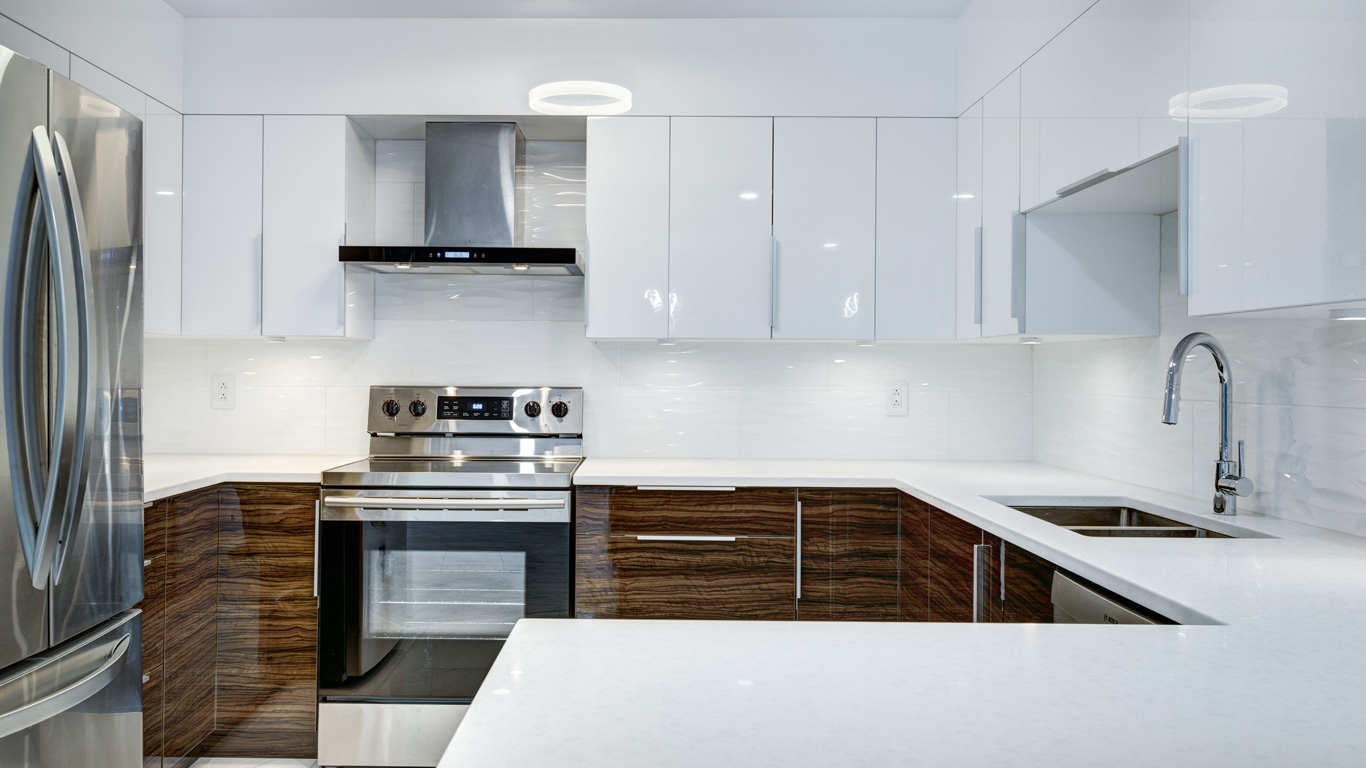
Finding a place to rent can be difficult in today’s tight housing market, with the median monthly shelter cost paid by renters rising 17.6% from 2016 to $1,070 in 2021 (unadjusted for inflation). New renters, that is, those who had started renting a property within the past year in 2021, were paying on average $300 more a month than established renters ($1,320 compared with $1,020).
Supplementary rental expenses can substantially raise monthly shelter costs
Another key cost consideration for renters is what utilities or amenities are included in rent. For the one in three Canadians that rent their primary dwelling, these supplemental rental inclusions can substantially raise their monthly shelter costs.
Thinking of renting a place without appliances? It’s common in Quebec
In 2021, almost 6 in 10 rented dwellings (58%) nationally included appliances like a fridge or stove. In Quebec, however, just under one in four rental properties (23%) included appliances.
In all other provinces, over two-thirds of rental properties included appliances, ranging from 70% in Newfoundland and Labrador to 80% in Prince Edward Island. This proportion was also higher in the territories (81%).
Appliances were most often included for rental apartments with five or more storeys and fewer than two bedrooms.
After accounting for dwelling and location differences, a renter needing to supply their own appliances paid $40 less on average in monthly rental costs.
Manitobans are keeping cool, but rentals that include air conditioning can cost a lot more
Air conditioning can be an effective way for households to reduce the health impacts of heat exposure. In Manitoba, 9 in 10 households had at least one type of air conditioner in 2021, the highest rate among provinces.
Manitoba (41%) also had the largest share of rented dwellings that included air conditioning in 2021, followed by Saskatchewan (35%) and Ontario (27%).
Ontario and Manitoba (42% each) were also the most likely to include electricity in rent.
After accounting for other housing characteristics, the average renter in Canada in 2021 could expect their rent to cost approximately $200 more per month if air conditioning was included.
Utilities and parking are other common inclusions in rent
For over two-thirds (71%) of Canadian rental properties, water and other municipal services were included in monthly rental costs in 2021.
Approximately half of the rental properties in Canada included parking (53%), while nearly one-third included electricity (31%) and over one-quarter included oil, gas and other fuels (26%).
Relatively few rental properties in Canada included Internet (6%), cable (5%) and furniture (4%) in 2021.
Over half (55%) of the rental properties in Prince Edward Island included oil, gas and other fuel costs in their rent in 2021, the highest share nationally. Oil, gas and other fuel costs were least likely to be included in the rent in Quebec (12%).
Rental properties in Prince Edward Island (73%) were most likely to have parking included in their rent, while renters in Ontario (50%), Manitoba (50%) and Quebec (51%) were least likely to have parking included.
Adding up the additional rental costs at the provincial level
“What’s included in rent can explain some of the differences in rental costs across Canada,” says Statistics Canada researcher/analyst Samuel MacIsaac.
“After accounting for other housing factors, it is estimated that just under one-tenth of the difference in rental costs between Ontario and Quebec in 2021 was explained by differences in the inclusion of air conditioning (8%) and appliances (7%). Similarly, the lower inclusion of appliances for rental properties in Quebec explains around 11% of the difference in average rents between British Columbia and Quebec.”
To learn more about rental inclusions and other factors tied to rental prices in Canada, check out the study “What’s included in Canadians’ rent?.”
StatsCAN app
Did you know you can read StatsCAN Plus articles and more on the StatsCAN app? If you’re already using the app, let us know what you think by leaving a review in the Apple App Store and Google Play.
Contact information
For more information, contact the Statistical Information Service (toll-free 1-800-263-1136; 514-283-8300; infostats@statcan.gc.ca) or Media Relations (statcan.mediahotline-ligneinfomedias.statcan@statcan.gc.ca).
